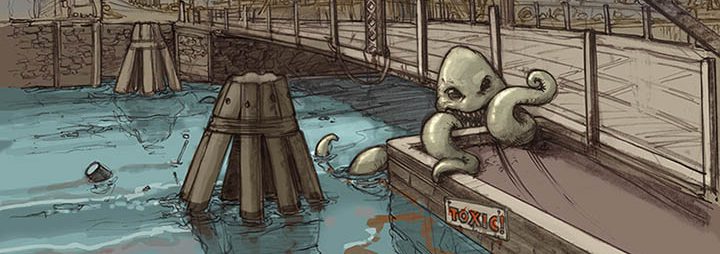On chapter 6 of her book The death and life of great American cities Jane Jacobs starts us off by defining what she thinks a successful city is as opposed to an unsuccessful one. She believes that a good city is one that won’t let itself be overwhelmed by its problems as well as being a city that is self-governed. A bad city is one that allows its problems to push it to the edge. It was also interesting to see Jacobs explore the relationship between new housing developed by developers like Robert Moses and crime. According to Jacobs, studies suggest that delinquency was in fact higher in the new shelters. Jacobs also explains to the reader what type of city neighborhoods she believes are successful. (1) the city as a whole (Moses, 153) which she defines as the parent community. This is the system that is in charge of overseeing the other smaller parts of neighborhoods. Second (2) Street neighborhoods (Moses, 153) moses says is where small scale everyday public life happens. Street neighborhoods are on the opposite side of the city as a whole. Street neighborhoods deal with its citizens on a more personal level. Areas like the safety of the citizens of that city depend on the success of street neighborhoods. Lastly Moses discusses a (3) districts and what its responsibilities are. Moses feels that this is the most sensitive of the three and is often where people tend to fail. Moses says that districts have to help bring the resources from the city down to the neighborhoods. According to Moses the districts should help translate the experiences of the street neighborhoods into policies of their city as a whole. I believe it is this disconnection of everyday life and experiences on street neighborhoods and the city as a whole the reason why developers can’t seem to get it right when trying to improve a neighborhood.
Learning Places
Just Another WordPress Site




You effectively describe some of the core functions of the different kinds of neighborhoods Jacobs defines. Be careful not to confuse Jacobs (the author and activist) with Moses (the politician and developer). In many ways, they represent two different urban philosophies.